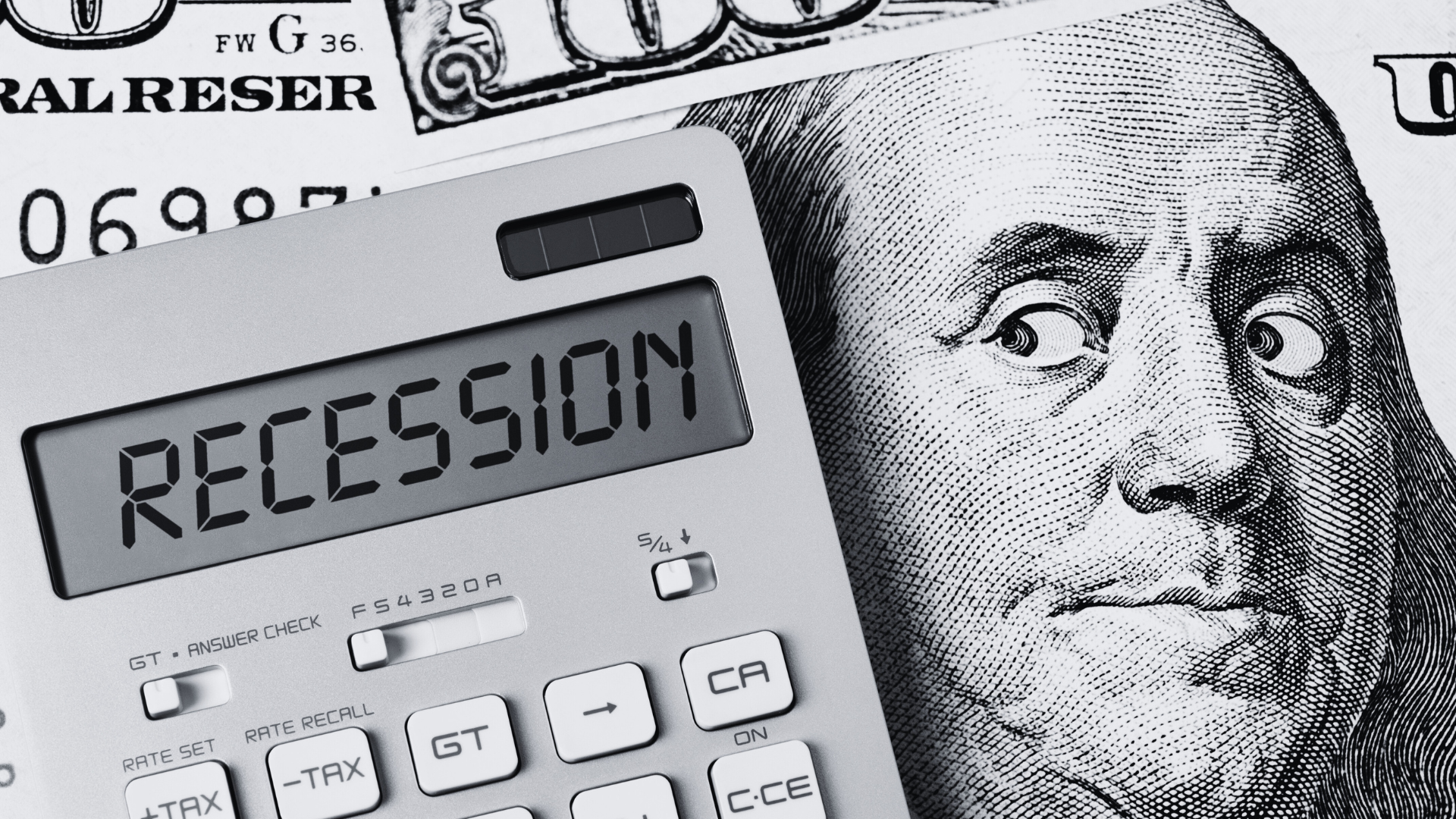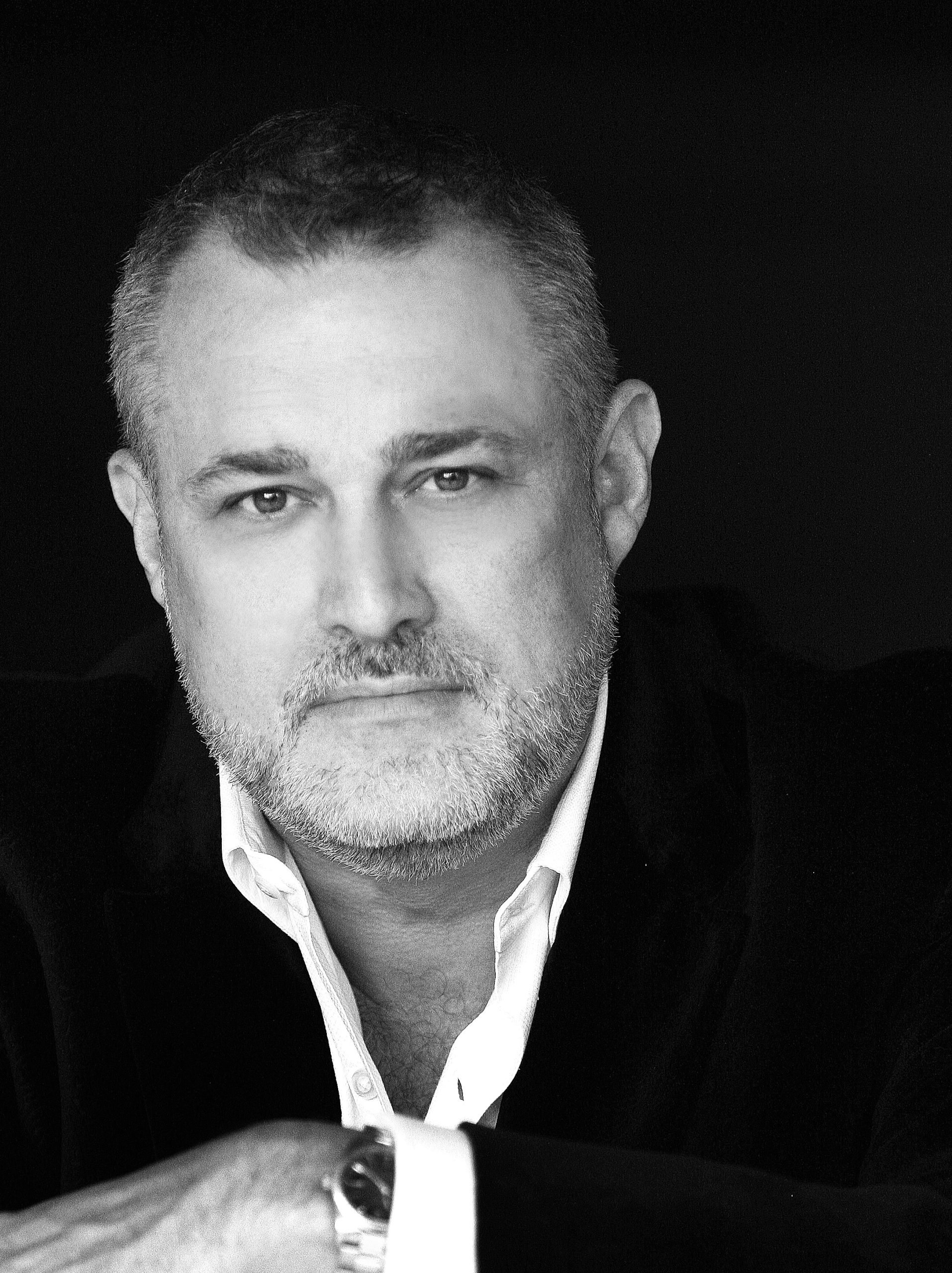
Predicting the Future, Embracing Change and Becoming a Positive Disruptor

Every business leader wishes he or she could predict the future.
For every success story, we all have a lot more stories of failure.
That’s why noted technology futurist and New York Times best-selling author, Daniel Burrus, says we need to look at the trends. Daniel is not talking about pet rocks and skinny jeans, instead hard and soft trends we all can see.
“All trends are either hard trends based on future facts that will happen. You can’t stop them, or they’re soft trends, not based on future facts. They’re based on assumptions that may or may not happen.” Daniel said during a recent C-Suite Network Digital Leadership Discussion.
“I like both because a hard trend, I know that disruption…that change is going to happen. If I know, it’s going to happen beforehand. I can make disruption and change my competitive advantage with low risk.”
He continued, “With a soft trend, you don’t like it. Your business is going down. Sales are going down. Guess what? That’s up to you to change it.”
Whether we’re talking hard trends or soft trends, Daniel says you want to be a disruptor, not be disrupted.
“We all see disruption as negative. Why? Because we have to do something. We have to manage another crisis,” Daniel said. “I want you to become a positive disruptor. Creating the transformations that need to happen to elevate your relevancy because you’re either going to be more or less relevant. You’re not going to be coasting. You’re either going to be either the disruptor or the disrupted. But you do have a choice when you learn to separate the two.”
Nobody wants to be a Luddite and watch technology or competition eat away at the businesses we’ve built and the skills we’ve developed over time. But let’s face it, change is a constant in life and while it might be tempting to hide from it, we must face it head on. If I’m going to fail, fail fast and move on. It’s normal to establish a routine and get comfortable, but to me, that’s a clear sign that things must change again. That’s how you innovate.
However, there are some thing that even those not as averse to change couldn’t predicted. Factor in once in a lifetime events like the COVID-19 pandemic, it’s hard to adjust.
“(In 2020), everyone on the planet was forced to change. Businesses don’t change over unless they have to because they’re run by humans, and humans don’t like change,” Daniel said. “However, you’re forced to change when you’re forced to go digital.”
Daniel has outlined the 25 technology-driven hard trends he sees on his website. Some seem obvious to most of us, some of them will seem new. They’re all worth reading, no matter your industry.
“A trend by itself is boring until you attach an opportunity to it.” He said.
One of those trends that’s never going away is the idea of ‘X as a service.’ Daniel introduced me to that idea years ago, and it’s accelerated even more since then. X as a service is a phrase Daniel says he coined during a speech in Beijing and describes it like this:
“Anything can be a service, and the opportunity to redefine and reinvent is amazingly powerful,” Daniel explained. “HR could be a service. How about banking? If I want to disrupt, I have to ask myself, ‘what isn’t a virtual service right now?’ Because if it can be, it will be. Why don’t I do it?”
He went on to say, “Look in your industry that you’re already in, already familiar with and ask yourself, how can I redefine, reinvent it using anything can be a service. Innovation can be a service. Pick something, make it a service.”
We all know being a first mover in an industry comes with its fair share of risk, but the rewards can be huge.
“I would like you to be on the blade, but you don’t have to be the part that bleeds. I’d like you to be on the leading part of the blade,” Daniel said.
One of those places where you can be leading, and not bleeding, is office space. After years of making excuses, the pandemic taught companies of all sizes working from home is possible and productive. However, they have invested millions into buildings, equipment, and other essential business tools. Daniel says the future of office work is one of the hottest topics among the CEOs he works with on a regular basis. What will office work look like in a post-pandemic world?
“We are going to go back (to the office) in a different way,” Daniel said. “Instead of (offices) being a place to house employees. It’s going to be a place to maximize innovation, productivity, and the things that humans do best when they’re together. Otherwise, why are we together? We know how to work remote right now.”
When we do get back into the office, Daniel says business leaders need to think about ways to get their teams to collaborate and communicate better. If they’re not, they’re missing a huge opportunity.
“You have to ask yourself, ‘what does that office look like?’” Daniel said. “There’s going to be billions made on redefining what we do when we go in the office and what do we need in there. It’s going to be huge.”
“So yeah, we’re going back into the office. But if you’re going back to do it how you used to do it, it will fail.”
It’s really got me thinking about how to help my team transition back to the office when the time comes.
I’d like to thank Daniel for his insight and expertise. Listen to our full conversation if you want to hear gems like the three hard trends you should be paying attention to, what it means to be an anticipatory leader, how to be a dynamic planner, and Daniel’s thoughts on the future of several industries post-pandemic.
I can’t guarantee that we’ll be able to predict the future, but we’ll have a better idea of how to prepare for it.
If you enjoyed reading this content, consider becoming a member of the C-Suite Network. For less than the cost of a business lunch a month you’ll have access to content and community that will help you become the most strategic person in any room.
- Break Free From Founder Dependence: Strategies for Business Success? - June 14, 2023
- The Gentle Leader’s Playbook: Mastering Employee Performance Without Being a Jerk - June 14, 2023
- Leading Through Future Uncertainty - June 7, 2023






